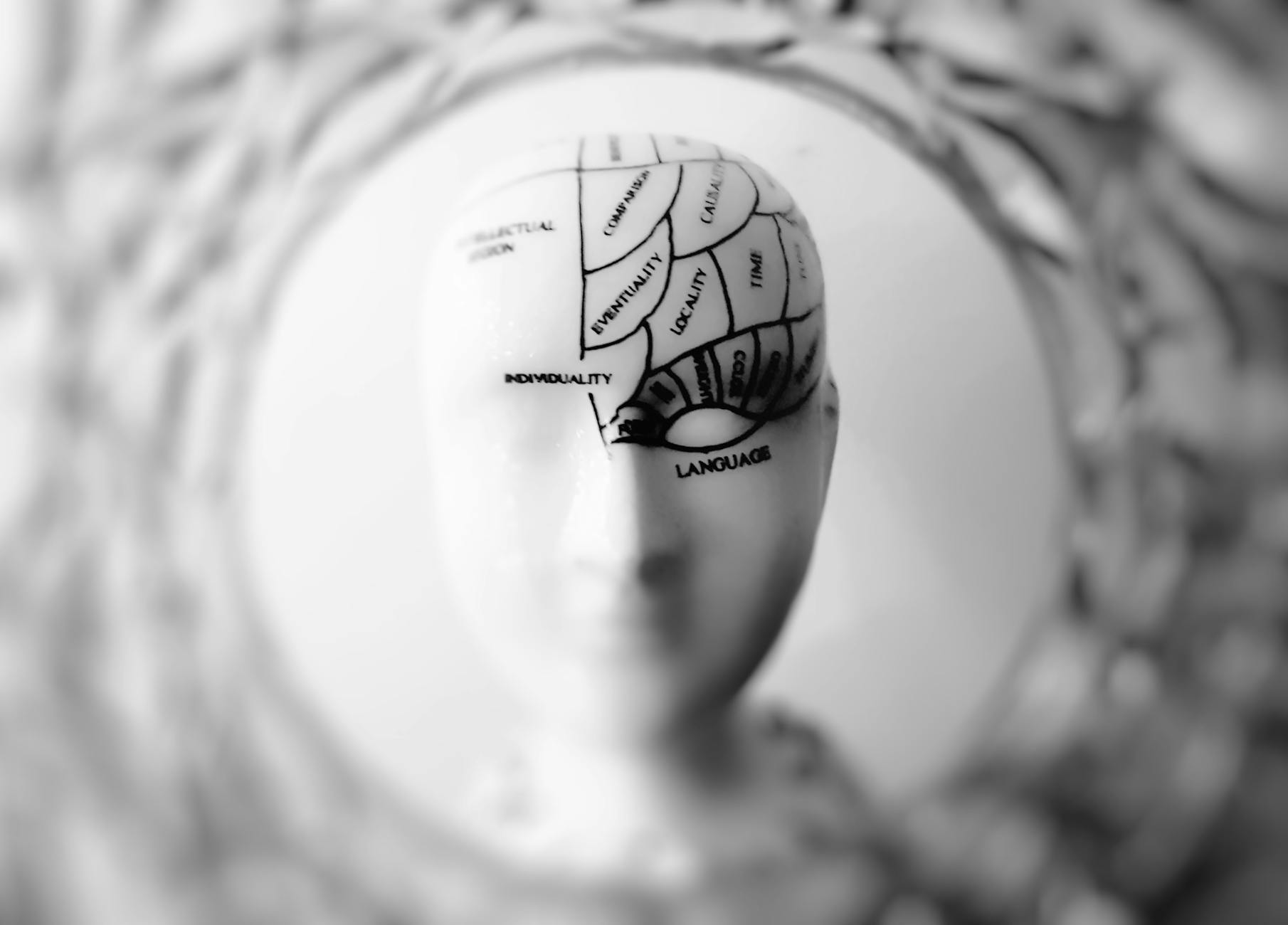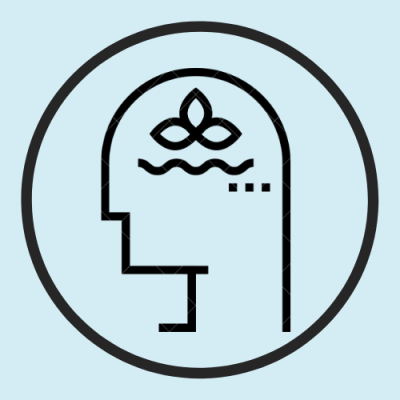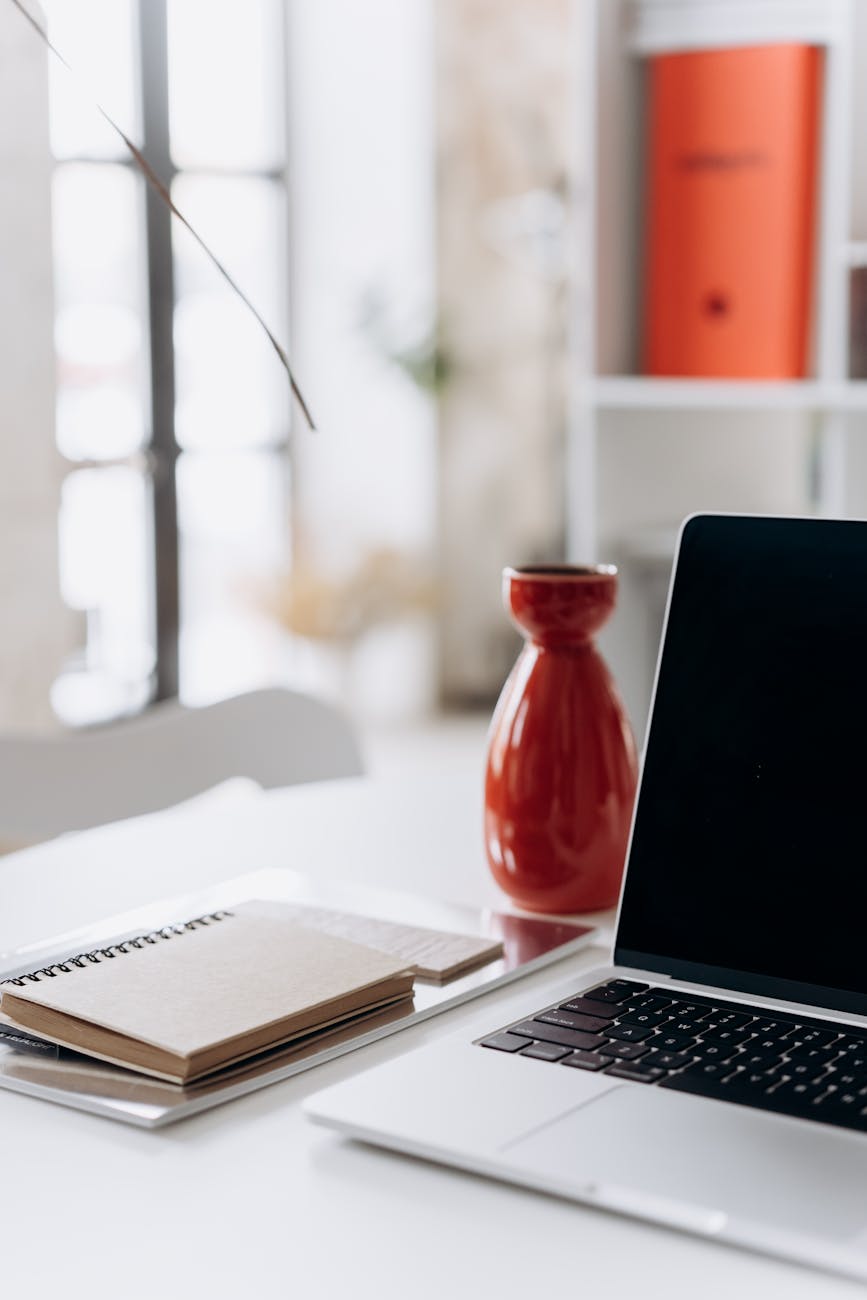
At this time of year, I always notice a subtle change in the quality of my attention. The external world doesn’t necessarily slow down, but something inwardly does. Even the light feels different. Darker, yes, but also more permeable. I’ve been feeling that contrast keenly over the last few weeks, particularly as I prepare for the turn into a new year.
It’s also been on my mind recently while reading Kate Atkinson’s Festive Spirits for my local book club’s Christmas meeting. Atkinson’s stories, playful and unsettling in equal measure, brush up against the unseen dimensions of experience without making grand metaphysical claims. They hover at the threshold. That, in its own way, is where much of my thinking about superconsciousness currently lives: not as an abstract spiritual pinnacle, but as a working edge of awareness that we keep rediscovering in different vocabularies.
In my last book and in much of my recent teaching, I’ve returned again and again to the idea that a large proportion of what we call “consciousness” is, in fact, automatic. It is hormonal, patterned, reactive, efficient. William James hinted at this more than a century ago when he described habit as the “enormous fly-wheel of society.” Freud, in his own way, mapped the vast subterranean machinery of the psyche. Contemporary neuroscience has largely confirmed what contemplative traditions have long suggested: most of what we do, think, and feel happens before we decide.
This is where the idea of metaconsciousness becomes so important, the capacity to notice that we are being moved by processes that are not, in any simple sense, “us.” It is the moment when you realise you are mid-reaction and something in you steps back just enough to witness it. Not to suppress it. Not to spiritualise it. Just to see.
But superconsciousness, as I’m increasingly working with it, points to something slightly different again. It is not merely awareness of the machinery. It is awareness that is not exclusively organised by the machinery at all. It gestures toward a dimension of mind that is less bound to survival, identity maintenance, or historical conditioning. Roberto Assagioli—whose work in psychosynthesis continues to shape my own—described the superconscious as the source of creativity, meaning, ethical insight, and transpersonal experience. Not an escape from the human, but its latent extension.
One of the things I’ve become more cautious about over the years is how easily “human potential” gets packaged as something to be maximised, extracted, or branded. The language of fulfilment can slide so quickly into performance metrics. Abraham Maslow’s later writings—often neglected in organisational culture—are far more subtle than his pyramid suggests. Self-actualisation, for Maslow, was never a static achievement, but an ongoing alignment with what is most alive and truthful in us.
Superconsciousness names a direction of travel, not a finish line.
In my own life, this shows up less in fireworks and more in micro-adjustments: choosing not to override tiredness with willpower; noticing when the body says no long before the intellect catches up; letting an idea take months instead of forcing it into productivity. It shows up in teaching too—in learning when not to fill the silence, when to let a group sit with not-knowing.
Even reading Festive Spirits this December has felt like a small act of this alignment. In between sessions, planning for the new year, and working with clients, sitting with a beautifully written short story by the fire (or, more accurately, a very convincing YouTube fire) has felt like a reminder that imagination itself is a superconscious faculty. We don’t manufacture it. We host it.
There is a tendency to associate higher states of awareness with peak experiences: mystical visions, altered states, moments of transcendence. And certainly, those exist. But what interests me far more now is how the superconscious expresses itself in the ordinary:
- In ethical instincts that arise before rational justification
- In sudden creative insight that reorganises months of confused thinking
- In moments of compassion that interrupt long-established narratives about self and other
- In the quiet certainty that a particular season of life has ended—even when nothing dramatic has occurred
This is not about becoming perfect. It is about becoming less confined.
I notice that many of the people I work with—particularly academics, creatives, and reflective professionals—are weary not because they lack insight, but because their insight has nowhere to land. They understand their patterns. They often know exactly where those patterns came from. But knowing is not the same as reorganising the centre of gravity from which one lives.
Superconsciousness, in this sense, is not an abstract spiritual add-on. It is deeply practical. It changes: how decisions are made, what counts as success, how time is experienced, where authority is located.
And perhaps most importantly, it reshapes the relationship between effort and surrender. Not everything meaningful can be solved through optimisation.
As this year draws to a close, I find myself more attuned than usual to thresholds between exhaustion and renewal, between endings and beginnings, between old strategies and new capacities for trust. This is exactly the territory that both my coaching work and my group workshops increasingly inhabit: not self-improvement as escalation, but re-orientation.
If this reflection resonates, there are a few gentle ways to continue the conversation:
🌿 1–1 Coaching
If you’re navigating a threshold of your own—professionally, creatively, or existentially—I offer integrative 1–1 coaching rooted in psychosynthesis, contemplative practice, and depth psychology.
You’re very welcome to book a free 15-minute Clarity Call here:
👉 https://allanjohnson.co.uk/coaching/
✨ Reflect & Reset: Quarterly Planning Workshop
5 January | 7.30–9.00 PM GMT | £10
A spacious, grounded evening to review the last season and consciously set the next one—without forcing premature certainty.
Register here:
👉 https://www.meetup.com/the-art-of-creative-practice/events/311948616
🧘 Integrative Meditation
12 January | 7.30–8.30 PM GMT | £4
A guided practice evening bringing together somatic awareness, imagination, and reflective presence.
Register here:
👉 https://www.meetup.com/the-art-of-creative-practice/events/311944273
Superconsciousness, for me, is no longer a speculative peak. It is a daily negotiation between who I have been conditioned to be, who I consciously try to be, and who sometimes appears unannounced in moments of clarity, creativity, or courage. It does not always feel elevated. Often it feels quiet. Sometimes inconvenient. Occasionally unmistakably right.
And perhaps that, more than anything, is the true measure of human potential: not how high we rise, but how deeply we learn to listen.



